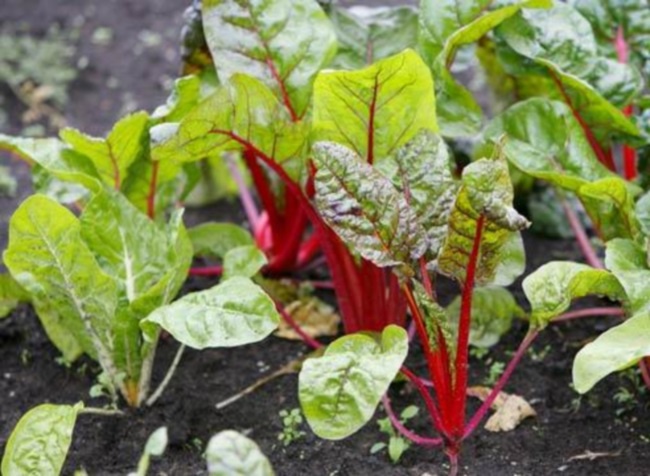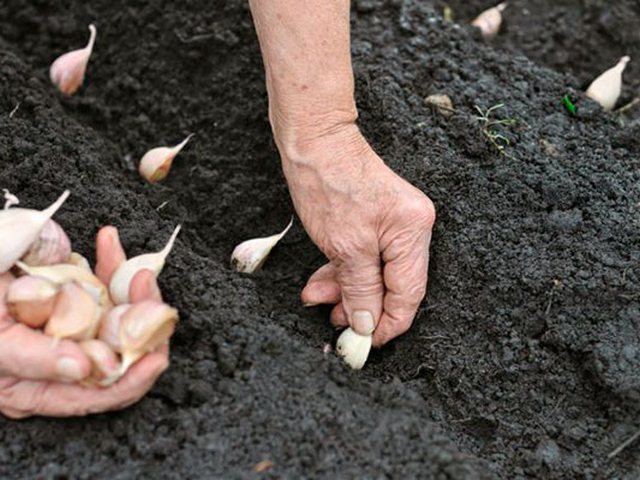Ideal time for planting beets in spring
Content
Conditions and predecessors
When should you start preparing for planting beets? Experts strongly advise starting the preparatory stage in the autumn with soil preparation. For this, it is not only necessary to remove the remaining parts of vegetable crops from the beds, but also to enrich the land with organic fertilizers. When all this is done, the soil will need to be dug to a depth that is equal to the height of the shovel. Also, subject to the poor condition of the land on the site, it is additionally fed with mineral fertilizers.
For this, about 20 grams of ammonium nitrate or the same amount of ammonium sulfate, 40 grams of superphosphate, 15 grams of potassium chloride per square meter are introduced into the soil. From organic dressings, it is customary to use about 4 kg of compost or 3 kg of humus per square meter. In the event that the soil has an increased percentage of acidity, lime should be added to it.
The bed should not be shaded by anything, otherwise future vegetables will lack a rich color. Before planting beets in the spring, the land must also be loosened using a rake for this purpose. The addition of dolomite flour to the soil during this period has also proven itself well. The soil for proper planting should be fertile loamy or sandy loamy, with a neutral acidity. Remember that this vegetable crop has a negative attitude towards such types of soil as loamy, dense clayey, acidic or waterlogged.
If you did everything correctly, then the land is ready for the moment when you are going to plant beets. The soil should also warm up to 5 degrees, because at a lower temperature, the seeds can go to the arrows, and then you simply will not wait for the harvest of your favorite vegetables. There are several ways how to properly plant this vegetable crop. The first step is to plant with seeds. To prepare them, they are soaked in a growth stimulant solution, or simple ash will do. After a day, the seeds should be washed with water, then wrapped in a cloth. Before planting seeds, the soil will need to be moistened. For these purposes, special grooves are made with a depth of about 4 cm, the distance between which should be up to 20 cm. Then water is poured into them. When all this is done, the seeds can be planted individually.
Seedlings will have to be thinned out over time, because more than one plant often appears from each of such seedlings. That is why it is less often advised to plant seeds immediately. The landing pattern should resemble a kind of lattice. The following beet planting schemes are also known - one-line, which is sowing seeds into prepared grooves to a depth of about 4 cm, and between them it is customary to leave about 45 cm, and two-line - its essence is that two grooves are made, the distance between which is up to 25 cm, then a gap of 50 cm is left, after which a couple of lines are made again. Care consists in rare loosening of the soil and timely weeding.
In order not to engage in thinning in the future, you can plant beets with seedlings. It is grown in a greenhouse, making the distance between the grooves about 6 cm, and the seeds are advised to be sown 3 cm apart. Planting seedlings is done a month before it is relocated to the main place. It is necessary to transplant seedlings when there are about 4 leaves on the plant. The sprouts will definitely need to be hardened, as well as regularly ventilate the room.
When you decide to plant it in the ground, then it will need to be thoroughly watered. Each sprout is lowered with the root system in a clay solution, after which it is planted in the garden according to a special scheme.
If we take into account the compatibility factor of vegetable crops, then you can find out that tomatoes, potatoes, onions, and cucumbers are considered the best predecessors of beets on a personal plot. Experts do not advise planting this plant after carrots, cabbage, chard. And after the beets themselves, you can plant crops such as tomatoes, eggplants, potatoes, cucumbers, peppers. It is possible to plan the creation of mixed beds, where beets will be planted around the edges, and inside, for example, cauliflower.
Now, on personal plots, you can see three types of beets - root sugar, leaf, which has the beautiful name of Swiss chard, and fodder. Each gardener himself chooses the type and variety he needs for planting. You can grow beets for your own needs, then a dining room would be an excellent option. And the fodder is usually planted by those summer residents who keep cattle. You can also plant beets at the edge of the plot, and celery or kohlrabi in the center.
After all the prerequisites for the correct planting of beets have been met, you will only have to loosen and weed the soil on time in order to provide it with access to oxygen, vital for the full growth and development of a culture, as well as fertilize with modern dressings in recommended doses, and thoroughly water your garden.
Video "Sowing and planting beets"
Optimal planting time
Many gardeners are interested in an important question - when should beets be planted in their personal plot? Experts unanimously declare that beets can be planted twice a season. What is the timing of her planting? For the first time, a vegetable crop can be planted in the garden in the spring, when the ground is already warming up quite well in depth - not less than 10 cm. Usually, these dates fall at the beginning of May. It is in well-heated soil that excellent seed germination is noted, and their full growth and harmonious development are also possible. The second time beets can be planted in the autumn, which falls at the end of October. This landing is also called winter landing. This option for planting a vegetable crop has one huge advantage - beets can ripen early enough, and already at the end of July your whole family will have an excellent opportunity to feast on your favorite root crop.
Video "What to plant before winter"
From the video you will find out which beet varieties are most resistant in late winter and early spring.




